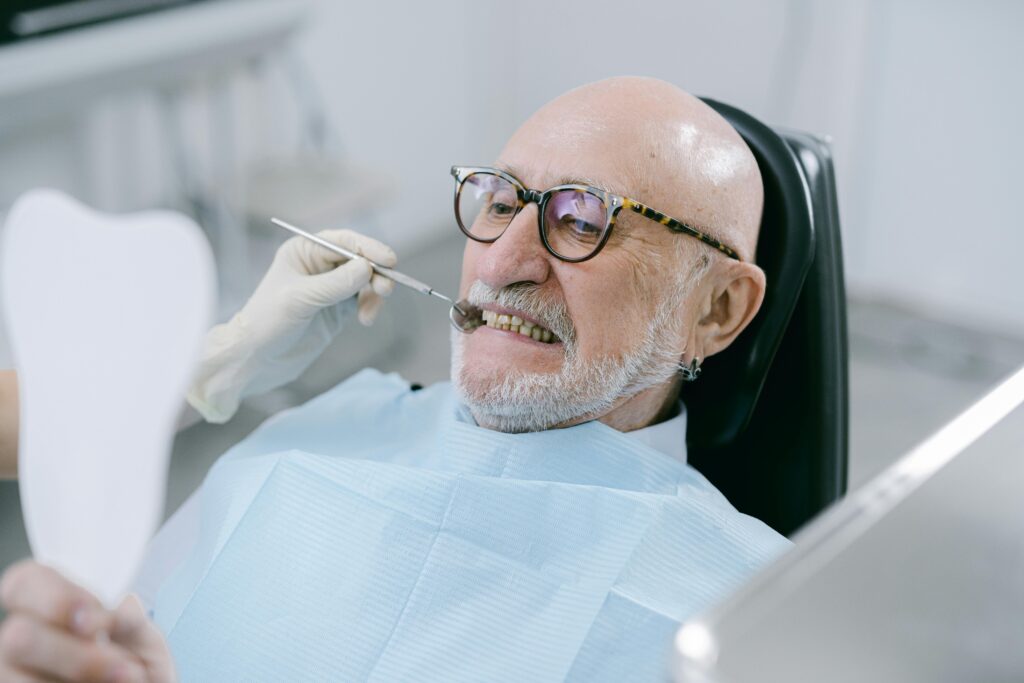Taking care of your child’s oral health is essential for their overall well-being and development. Many parents wonder, how are children’s teeth treated? and what to expect from kids dental treatment. This guide provides a detailed overview of common treatment methods, benefits, comparisons, and expert tips to keep your child’s smile healthy and bright.
Why Is Early Dental Care Important for Children?
Children’s teeth are more delicate and susceptible to cavities, trauma, and developmental issues than adult teeth. Early dental care helps:
- Prevent tooth decay and gum disease
- Encourage proper oral hygiene habits
- Detect and treat problems early
- Support proper speech and chewing development
Understanding how children’s teeth are treated empowers parents to make informed decisions about dental visits and care plans.
Common Types of Kids Dental Treatment
1. Preventive Care
Preventive treatments aim to protect healthy teeth and avoid future problems.
- Dental Cleanings: Gentle professional cleaning removes plaque and tartar.
- Fluoride Treatments: Strengthen enamel to resist decay.
- Dental Sealants: Protective coatings applied to chewing surfaces of molars to prevent cavities.
2. Restorative Treatments
When decay or damage occurs, restorative options are available to repair children’s teeth.
- Fillings: Tooth-colored or silver fillings restore cavities.
- Pulp Therapy: Also known as a “baby root canal,” used when decay reaches the nerve.
- Crowns: Stainless steel or tooth-colored crowns protect severely damaged teeth.
3. Orthodontic Evaluation and Treatment
Early assessment helps detect misalignment or bite issues. Treatments may include spacers, braces, or retainers to guide proper jaw and teeth development.
4. Emergency Dental Care
Kids are active and accidents happen. Treatments for chipped, cracked, or knocked-out teeth may be necessary to preserve oral health and appearance.
How Are Children’s Teeth Treated Differently Than Adults’?
| Aspect | Children’s Teeth Treatment | Adult Teeth Treatment |
| Tooth Structure | Primary (baby) teeth are softer and thinner | Permanent teeth are stronger and thicker |
| Treatment Approach | More focused on preservation and guidance | Often involves more permanent restorations |
| Anxiety Management | Use of sedation or behavioral techniques | Usually standard or sedation as needed |
| Growth Considerations | Must consider jaw development and future teeth | Focus on maintaining existing teeth |
Pediatric dentists specialize in treating children’s teeth with gentleness and patience, tailoring care to each child’s developmental stage.
Benefits of Proper Kids Dental Treatment
- Healthy Oral Development: Supports proper tooth eruption and jaw growth.
- Prevention of Pain and Infection: Early treatment avoids complications.
- Building Positive Attitudes: Fun, comfortable dental visits encourage lifelong care habits.
- Better Speech and Nutrition: Healthy teeth help kids speak clearly and eat properly.
Expert Tips for Parents: Supporting Your Child’s Dental Health
- Start dental visits by the child’s first birthday or when the first tooth appears.
- Teach proper brushing and flossing techniques early.
- Limit sugary snacks and drinks to reduce cavity risk.
- Use child-friendly toothpaste with fluoride.
- Encourage drinking plenty of water.
- Communicate openly about dental visits to reduce fear.
When to See a Pediatric Dentist?
Schedule a check-up if your child experiences:
- Persistent tooth pain or sensitivity
- Visible cavities or discoloration
- Injury to teeth or mouth
- Difficulty chewing or speech issues
- Signs of misaligned teeth or bite problems
Early intervention can save time, money, and discomfort down the road.
Conclusion:
Understanding how children’s teeth are treated and the available kids dental treatment options is the first step to ensuring your child’s oral health. With preventive care, timely treatments, and supportive habits, your child can enjoy a lifetime of healthy smiles.




